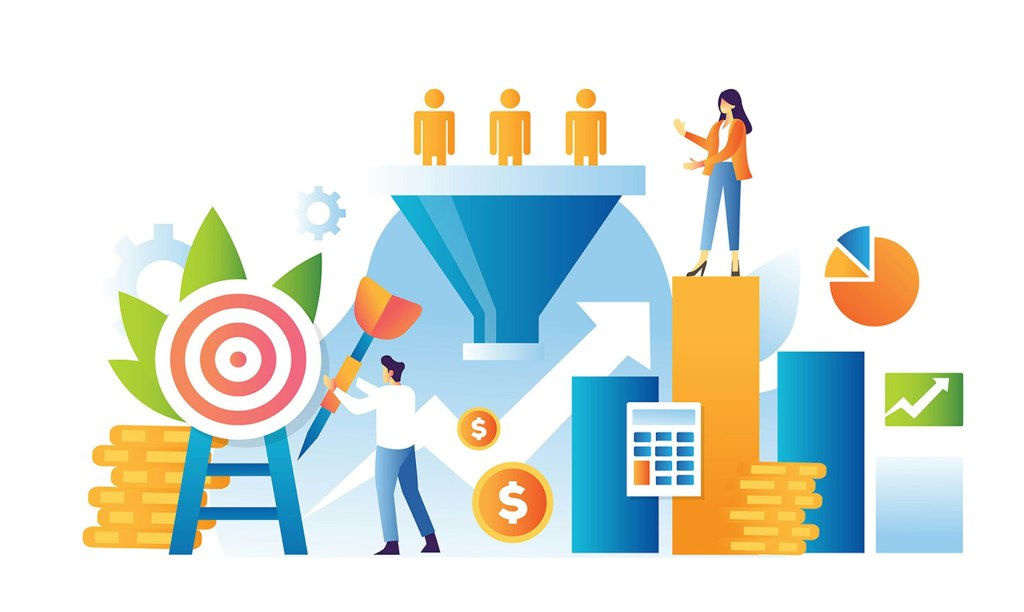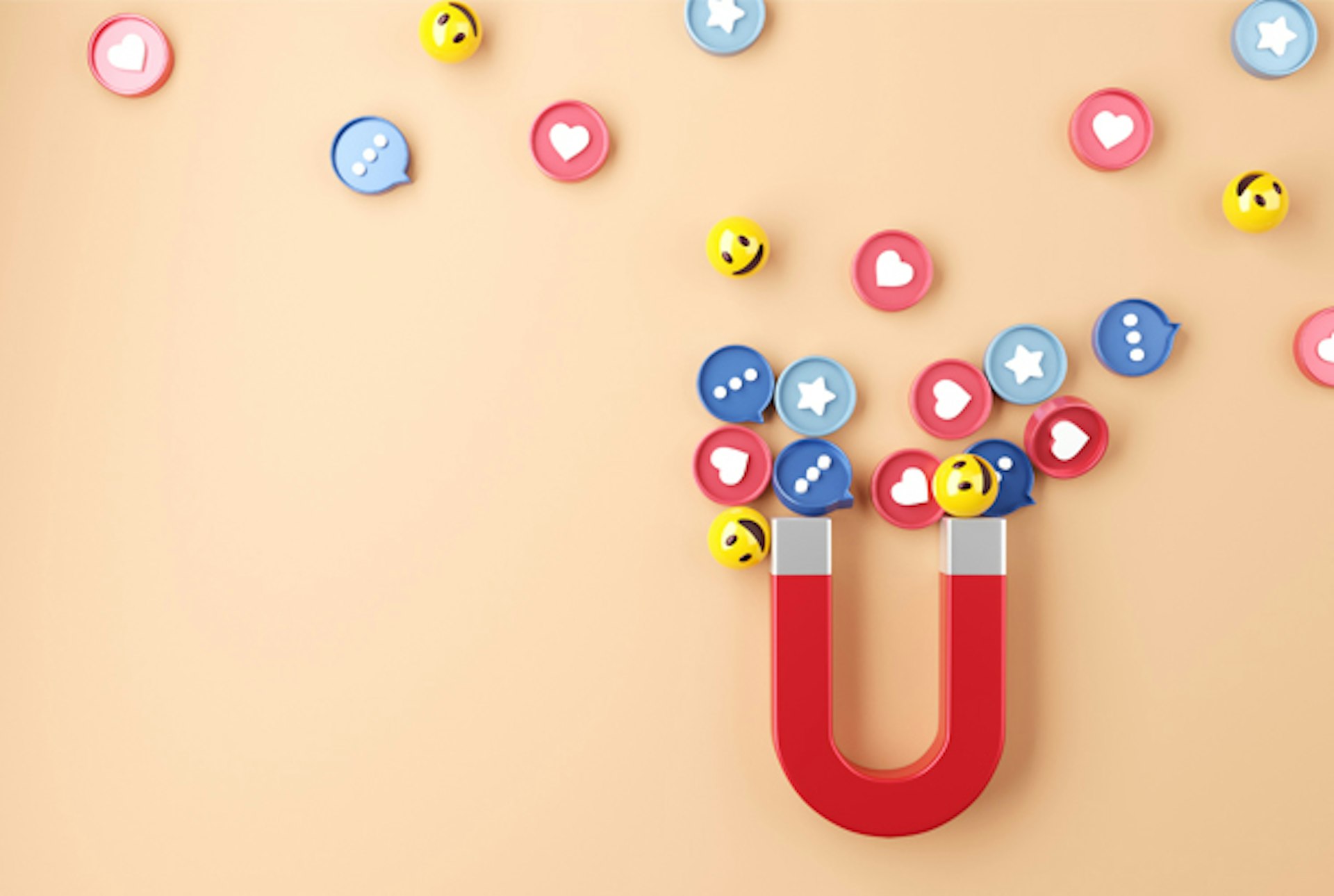If you are in charge of handling client data, you have almost certainly dealt with the hassles that duplicate data causes. Whether the duplicate data entered your system due to clients filling out forms, manually inputting data, or importing it from other platforms, the implications are the same and highly expensive.
In reality, the costs of duplicating data are more than you would think. According to Data Warehouse Institute, data integrity issues cost U.S. firms more than $600 billion every year. In your CRM, duplicate contacts, companies, and sales may be the most costly data-quality-related issues, and they are detrimental to customer relationships. They’re widespread in most CRM systems, and their influence on your marketing, sales, and support operations is often apparent.
Influence of Duplicates
Duplicates have a significant influence on sales teams more than others. Reps often want to change their usual sales procedures to incorporate duplicated checks in databases with high duplication rates. Otherwise, they risk engaging prospects and accounts without crucial context, harming client relationships. They wreak havoc on your marketing processes by making humiliating blunders that damage your brand’s image and squander your marketing budget.

Duplicate contact data can negatively influence your capacity to provide a satisfying customer support experience. When a client contacts you by phone, email, or live chat, your service will be slower and less effective since they will have to sift through several customer records to identify the proper customer profile. They must have quick access to the data.
Anyone involved in duplicate data cleaning knows that, in reality, you may be leaving the majority of duplicates in your database. It’s easy to de-dupe based on key fields like email or exact company name, but cleaning up duplicates based on a few fields matching exactly rarely removes all of them.
It would be best to go further to master deduplication in your CRM. When you delve behind the surface-level duplicates, you’ll see that there are many potential duplicates in the ordinary CRM database that fall outside of the apparent exact matches, where the waters get murkier. One of the challenges in this scenario is that admins don’t want to merge duplicates automatically if they’re not 100% certain they are a match. But these duplicates still cause problems for marketing, sales, and support.
With an app like our free Potential Duplicates Component or potential duplicate reports, you can get to the next level of de-duplication. You can set up matching rules that might get more false positives (detect a duplicate when it’s not an actual duplicate) but will let users see potential duplicates and decide for themselves if they should be merged. With this setup, most companies end up with two types of matching rules:
- Strict matching rules: Rules such as “exact email address match” are unlikely to show false positives, so they are good to use in automated processes. Admins can use these rules to show an error when someone tries to create a duplicate or use them in a de-duping tool that allows you to de-dupe records in bulk.
- Looser matching rules: Rules that can still find duplicates but might occasionally display a record that is not a duplicate should be used sparingly in any automation. For these rules, it’s best to have some sort of user review in the process or don’t automate the merging but display potential duplicates to the user.
Types of Duplicates
1. Common Phrases Expressed in Various Ways
Prevalent phrases presented in various ways are one of the most common ways for duplicate client data to go unnoticed in a database. Assume you’re running a contact data de-duplication process in Salesforce. And your users are using the Potential Duplicates app to merge duplicates that were identified. One of the main methods to match duplicate entries inside your database is a firm name.
On the other hand, the company name may be represented differently in various customer entries that are true duplicates.
For Example:
- International Business Machines
- IBM
- IBM, Inc.
Having the organization name presented in many ways is likely to induce you to overlook the same information, even though they may be redundant data is evident. For this, you can set up a matching rule using a fuzzy match on the Company Name. This is better than an exact match since it’ll automatically remove common terms like Inc, normalize company names, and match in more scenarios than an exact match.

2. Nicknames and short names
People are often recognized by more than one name. They may go by a nickname, use initials, or use a shorter, more informal version of their first name.
For example, if a man’s name were William Adam Jones, you would see it displayed in a variety of ways across many duplicate CRM contact records:
- Jones, William Adam
- Jones, Bill A
- WA Jones
To ensure these types of records match, use a fuzzy match on the name fields when creating matching rules for Leads or Contacts. Then let your users decide which ones are actually duplicates and merge them.
3. Typos
When people are in charge of data entry, typos are unavoidable. So, suppose you have a client or employee-facing forms (i.e., you don’t gather all data automatically). You can be sure that you have duplicate data in your database that skips your checks due to typos.
For example
- Lucy
- Luc6
- Luyc
This is another situation where fuzzy name matching helps. The matching algorithm for keyboard distance often finds typos that an exact match, or even a human, might miss.
4. Suffixes/ Titles
Contact data with a suffix title might potentially induce you to overlook otherwise evident duplicate entries in your customer database. Title and suffix are important factors regardless of where the data comes from — whether it was input by the individual or received from a third-party list.
E.g
- Engineer Pete John Paul
- Mr. Pete John Paul
- Pete John Paul Sr
5. Considerations for Website URLs
Using a website URL to discover duplicate entries is standard practice for businesses using a CRM. The field between two customer entries may or may not have "www." or "HTTP://" in the URL, leading you to overlook duplicate data.
Alternatively, various customer records may have distinct top-level domains.
For example, compare .com vs .co.uk.
Subdomains are another significant source of overlooked duplicate data.
Examining these website URL aspects is critical to verify that your database is free of possible problems.
For this, we often recommend copying the email domain to a new custom field. Employees often share one email domain even at larger companies with multiple websites. So if you set up a Flow or Apex Trigger that copies the email domain to another field, it becomes a much better field to use for matching.
Dealing with Duplicates
Everyone has duplicates at some point. The question for your business is: How bad is it? Finding a strategy for dealing with duplicates can change from year to year, but you need to have some plan.
We recommend starting by setting up your matching rules and duplicate rules in Salesforce. Once you’ve set these up, they will immediately begin blocking duplicates from being created (if you’ve chosen that option). These rules will also identify duplicates already in the system, but only as the fields used in the matching rules are edited.
After you have duplicate rules set up, you can evaluate whether you want to look on the AppExchange for some solutions for cleaning up existing duplicates or if you want to use the tools Salesforce provides. Either way, we recommend using our Potential Duplicates component to let users see which records might have duplicates. The app uses Salesforce duplicate rules to identify records that might duplicate whatever someone has in front of them.
How does it work?
1. You create matching rules for an account, contacts, leads, or any custom object
You can look at Salesforce Help for more information on setting up duplicate rules.
2. Add the component to the lightning record page
Once your duplicate rules are in place, drop the component on a lightning record page to begin seeing potential duplicates. You may also choose which columns to show on the component and merge screens.
3. Check out the duplicates
When users utilize the system, they will see possible duplicates.
4. Merge
Choose which records to merge and click Merge. Select the master record and the values to maintain. The software shows you the fields that are different and any fields that are configured to always display.
In Conclusion
Duplicates can be costly for any sales, marketing, or support team. Don’t ignore this problem; take a proactive approach to clean up your database and your teams will thank you. Think carefully through the types of duplicates in your database and how to remove them methodically. Start with the duplicates that are easy to identify, but don’t stop there – continue looking for the hard-to-find duplicates and get your teams involved in merging or approving records for merge. In the end, a clean database is a goldmine to any CRM team and will quickly pay back the effort you put in.



